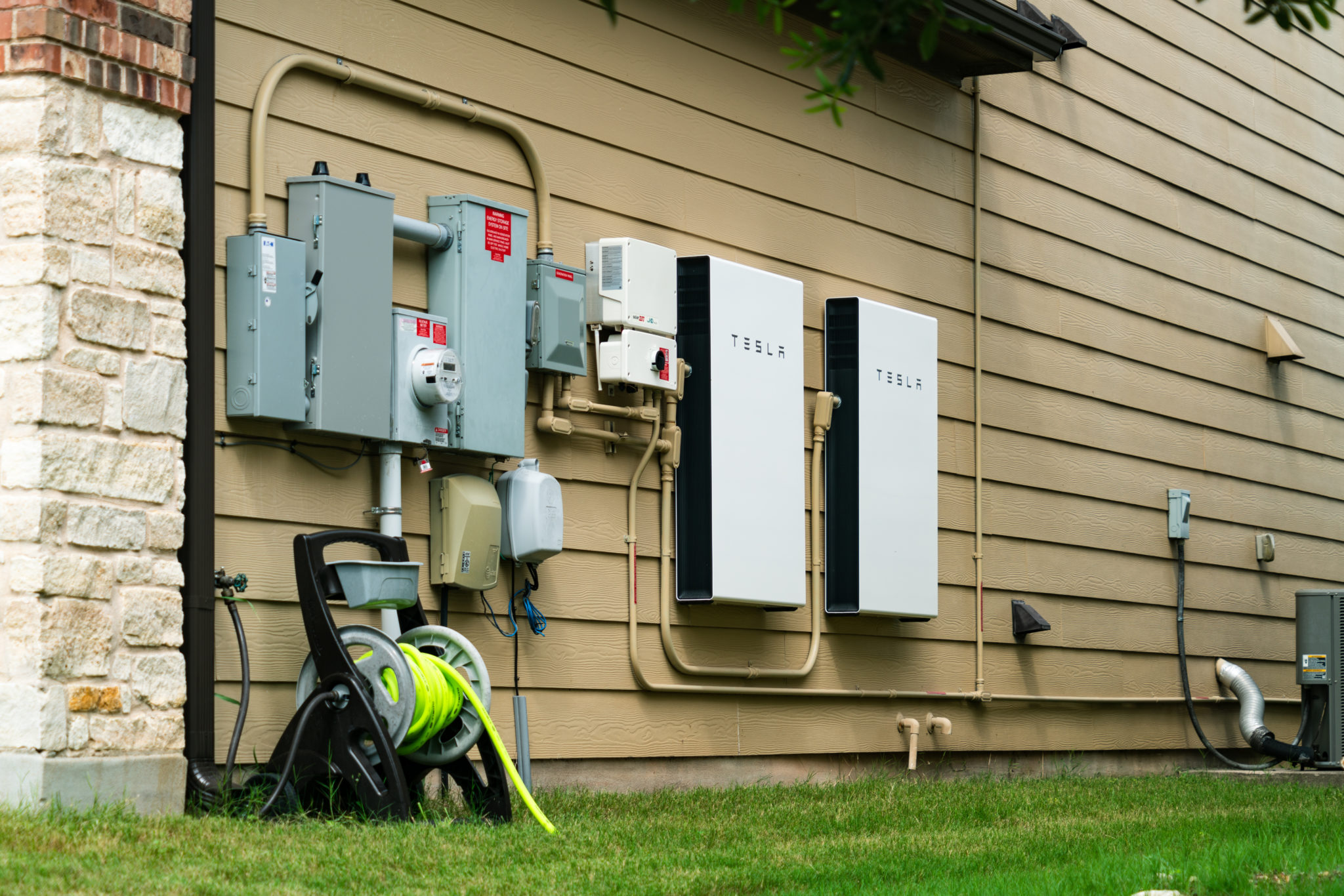The Tesla Powerwall: Market Price, Power Output and kWh Capacity
Many people know Tesla as an electric vehicle manufacturer, but Elon Musk has more tricks up his sleeve than EVs and space travel. Tesla has also created the Powerwall.
The Tesla Powerwall is a solar power storage device and backup generator all in one. It’s formally known as a home battery. Home batteries are growing in demand as more people install solar panel systems. Solar power is one of the best renewable energy sources, but it can be inconsistent at times. Many homeowners with solar systems will still want a backup supply of power for times when the sun isn’t out or the electric grid goes down.
But is the Tesla Powerwall worth the price? Here’s what you can expect in terms of performance and price if you decide to install a Powerwall at your home.
Powerwall kWh Energy Capacity
The kWh capacity is one of the most important factors when you’re choosing a home battery. How much energy you can store all depends on how many Powerwalls you have installed. Up to 10 Powerwalls can be stacked together for maximum storage capacity. Just like figuring out how many solar panels you need, you’ll have to sit down and figure out the number of Powerwalls that are needed for adequate energy capacity.
However, the type of Powerwall that you have won’t make a difference. The Powerwall+ and standard Powerwall are both capable of storing 13.5 kWh of electricity. This is one of the best storage capacities currently available for a home battery.
Powerwall Power Output
In addition to kWh capacity, you’ll want to take note of the power output. Power output is where the Powerwall+ and standard Powerwall really differ.
Powerwall+
On Grid – Full Sun: 7.6 kW (continuous)
On Grid – No Sun: 5.8 kW (continuous)
Off-Grid – Full Sun: 9.6 kW (continuous)
Off-Grid – No Sun: 7 kW (continuous)
Off-Grid Peak Power Rating – Full Sun: 22 kW
Off-Grid Peak Power Rating – No Sun: 10 kW
Powerwall
On Grid: 5.8 kW (continuous)
Off-Grid Peak Power Rating: 10 kW
Powerwall Market Price
How much will this energy independence cost you? The Tesla Powerwall is actually a system that has to be installed at a home. If you purchase a Powerwall system directly through Tesla it’s going to cost about $11,000 for a single unit, which includes the installation fees. If you want a two Powerwall system it will be $17,000 total.
If you want to buy a standalone Tesla Powerwall to add to your system you can get that through a Tesla certified installer. The price for individual Powerwalls typically ranges from $5,500 to $8,500.
Another thing to keep in mind is that you may need to upgrade your electrical panel before a Powerwall can be installed. That could add up to $2,500 more to the total price.
But there’s a financial upside to installing a home battery. You may be eligible for tax rebates and credits if you install a solar panel system with the Powerwall. With the federal solar tax credit you can get 26% off the installation cost. Some states have additional rebates that can cut the installation costs by up to 90%.
Why Used Powerwalls Aren’t the Best Idea
A Tesla Powerwall isn’t cheap. People who want to save money on their solar power system may be tempted to buy a used Powerwall for a discount price, but that’s usually not a good idea. For starters, there aren’t very many used Powerwalls for sale. Once installed it’s very rare for a Powerwall to be removed – unless it isn’t working.
Therein lies the other issue. Many Powerwalls that are resold aren’t operable. They’re “bricked” which means the battery was turned off for too long and drained too low. A bricked Powerwall won’t work, but what’s even worse is it can be a fire hazard.
If you aren’t quite ready to install a solar panel system with a Powerwall home battery you can still reduce the carbon footprint of your electricity use with Verde Energy. We provide households across the Northeast with fixed rate green energy plans that are powered by renewable resources. Find out if Verde Energy plans are available in your area.



